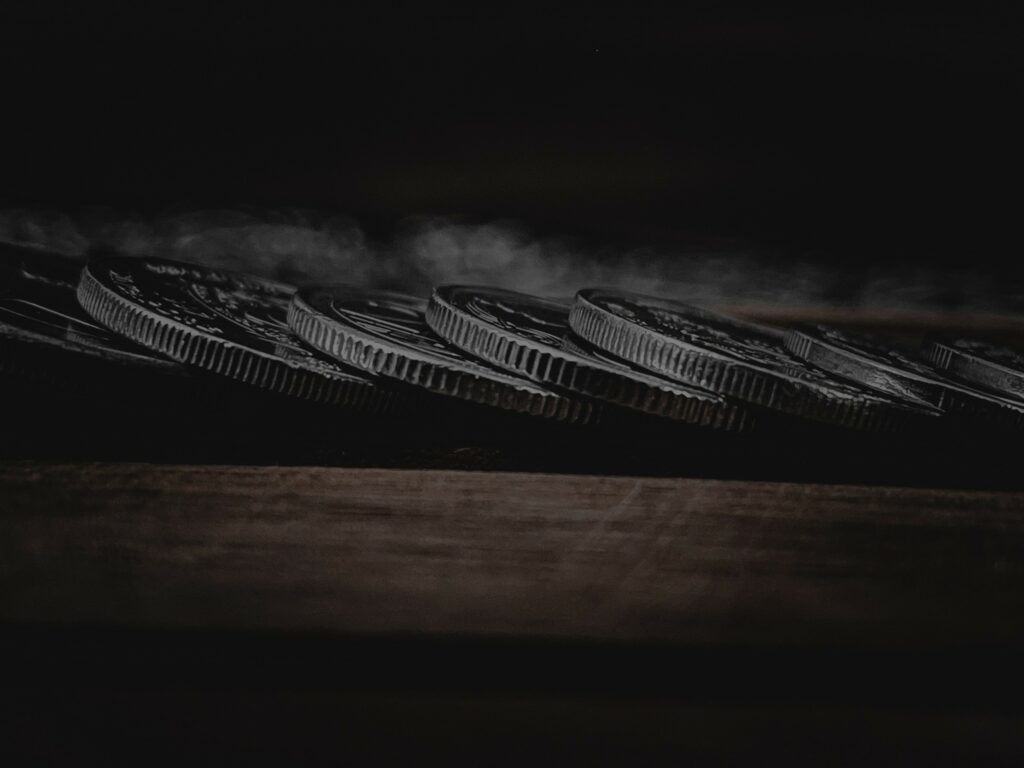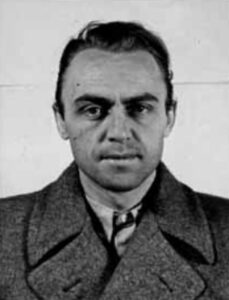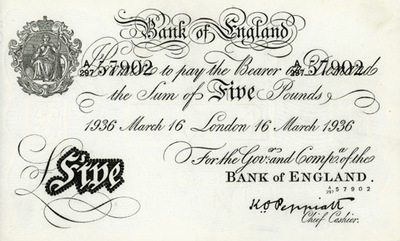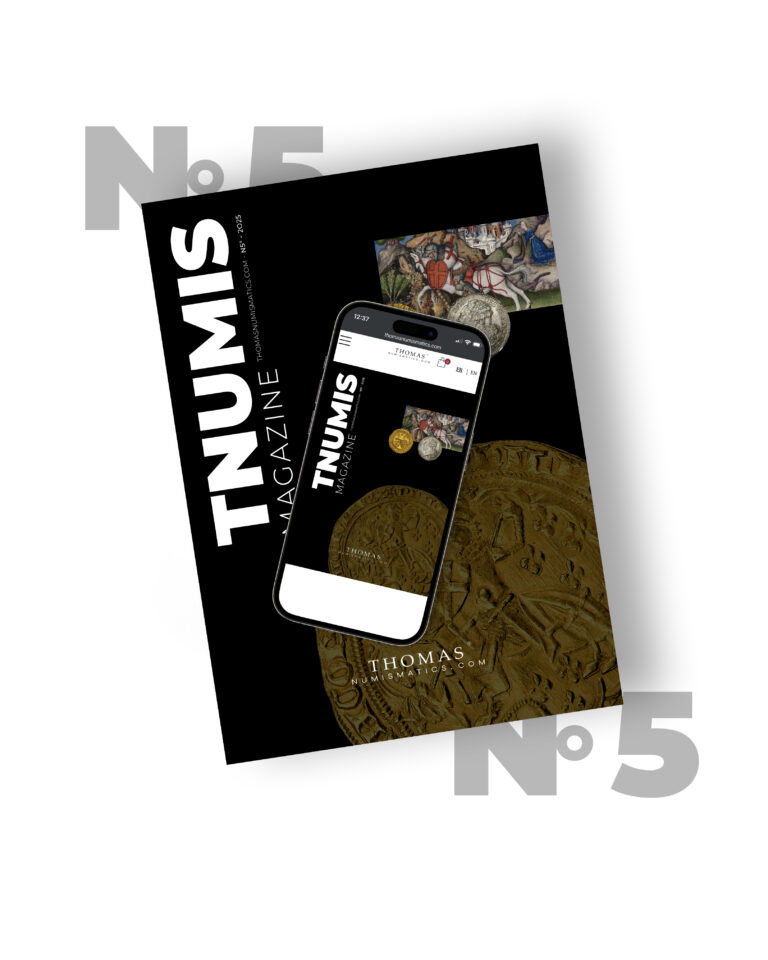
Discover all the news and articles from TNUMIS Magazine exclusively
Operation Bernhard: when history and numismatics intertwine
The world of numismatics is often woven with stories and events of historical significance. Among these episodes, Operation Bernhard stands out as a dark but fascinating page in world history. Let’s delve into the twists and turns of this counterfeiting operation, a story that blends the ingenuity of Nazi forgers with the turmoil of the Second World War.
Historical background
To understand it all, it’s essential to go back to the early years of the Second World War. As the shadow of Nazism loomed over Europe, a secret operation took shape, aimed at destabilizing the British economy in a way that was both unexpected and fearsome: the massive counterfeiting of pounds sterling.
Reinhard Heydrich was behind the first operation, which took the name Andreas. The plan was to call on the Reich’s most gifted forgers to fashion counterfeit Bank of England bills. These counterfeit bills were then to be parachuted en masse into England.
By flooding the British market with banknotes, the value of the pound sterling would collapse and destroy the British economy. Germany knew all too well the devastating effects of hyperinflation, having experienced it at the end of the First World War. It knew that this strategy could ruin the war effort and undermine confidence in enemies’financial systems.
The machinations of Operation Bernhard
Operation Andreas
Let’s unravel the Nazis’ meticulous plans for counterfeiting foreign currency.
Operation Andreas is led by Alfred Naujocks, an SS man who recruits a multidisciplinary team of scientists and counterfeiters. The best of these were to reproduce the British banknotes as perfectly as possible. For the first few months, British banknotes were analyzed for their manufacturing secrets.
Some elements in particular were particularly challenging: deciphering the algorithm of the numbering system, the complexity of the visuals and the security features. The paper, too, had to be perfectly identical to that supplied by the Bank of England’s Portals paper mill. Eventually, the Germans realized that it was actually made from used and cleaned pure linen rags.
After seven months of research and attempts to copy the pounds sterling, the results were astounding. Banknotes were examined in a Swiss bank, then by the Bank of England itself: 90% were considered authentic.
However, at the end of 1940, Naujocks was dismissed by Heydrich, who took a dim view of his meteoric rise in the German administration. As a result, operations slowed considerably, until Heydrich’s assassination in June 1942.

Operation Bernhard
Heinrich Himmler, one of the Third Reich’s highest dignitaries, took over the project and modified it. The idea was no longer to drop the bills in England, but to launder the money to finance German intelligence operations.
Bernhard Kruger, a civil engineer and member of the SS General Staff, and a former forger, was appointed to head the operation that would bear his name. This time, the recruits were no longer administrative Germans, but concentration camp prisoners.
The forgers, hand-picked for their skill and expertise, are assembled in an undisclosed location, working with near-artistic precision. The Sachsenhausen camp was to be the headquarters of Operation Bernhard. The organization was meticulously orchestrated, with workshops equipped with state-of-the-art equipment to produce forgeries of exceptional quality. More than a hundred inmates work around the clock to produce the forgeries. One group is dedicated to aging the paper currency: they crumple it up and scribble on it. Once printed, the bills are sent to Tyrol for laundering to finance the war effort and buy intelligence information.
Operation Bernhard was more than just a plot, it was a secret enterprise on an unparalleled scale, with clandestine workshops hidden in the darkest recesses of World War II Europe.

Large-scale counterfeiting
Soon enough, on September 24, 1942, at the Bank of England’s head office in London, a bank clerk checks a bundle of banknotes. As he transferred the serial numbers of a £10 bill to his register, he noticed that the serial number was already listed. The first counterfeit bill is detected. The Bank of London decides to stop printing banknotes over 10 pounds to prevent possible inflation.
The presses remained in operation until the end of the war. Between 1942 and March 1945, over 8 millions £5, £10, £20 and £50 bills were produced, with a total value of around £134 millions. In 1945, during the Nazi rout, the printing equipment and banknote stocks were thrown into Lake Töplitz. The liberation of the camp by the American army in April 1945 saved only 30 of the 130 inmates.
Men were sent to recover the material, but it is estimated that hundreds of thousands of pounds sterling were never recovered. Some were subsequently discovered on European black markets, and it is likely that many were accepted by the Bank of England.

Operation Bernhard remains a unique chapter in numismatic and world history. The counterfeit bills produced as part of this operation left an indelible mark on the collections of the time. Today, they are an integral part of numismatic heritage, even though they bear witness to a dark period in history.
Sources :
France TV Info
Nbbmuseum
Le site du collectionneur
Mamytwink


